Without question Science and Religion are two of the most influential forces in human history dating all the way back to the very beginnings of civilization if not earlier. Without science we’d still be living in caves, or even back in the trees while without the unifying effect of religion we probably would never have built any of the cities that mark the beginnings of civilization. Instead our largest social unit might still be an extended family / clan.

Today it seems as if science and religion are polar opposites, and not friendly opposites either. Whenever we hear about a news story that concerns both science and religion it’s inevitably a story of conflict, as if these two social forces are competing for dominance and simply cannot exist in peace.
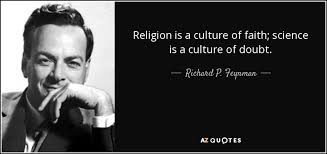
It wasn’t always that way. In fact the first scientists, the first people who had the leisure time to study the world around them were priest / astronomers who observed the heavens above us in order to try to understand God / the Gods by understanding his / their works. In ancient times, indeed up until just around 500 years ago, science and religion were pretty much the same thing with many of the best known thinkers and philosophers making contributions to both fields.

So how did religion and science break apart, and why are they today in such opposition to each other. That’s the story that ‘Cosmic Roots: The conflict between Science and Religion and how it led to the Secular Age’ by Ira Mark Egdall seeks to tell.
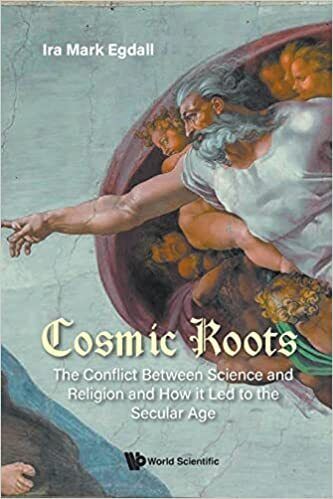
In order to tell that story ‘Cosmic Roots’ begins at the very beginning of civilization, the first cities of Ur, Uruk and Eridu in ancient Sumer and how the need to regulate life by the seasons, when the annual floods would come, when to till, plant and harvest crops led to the development of a class of priests who used the cosmic clock in the sky above us to make those decisions. And even as they were inventing astronomy and mathematics the Sumerians also invented many of the devices that made civilization possible, irrigation, the plow, glass and even the wheel. In Sumer religion and science were one and the same thing, both working together to make civilization possible.
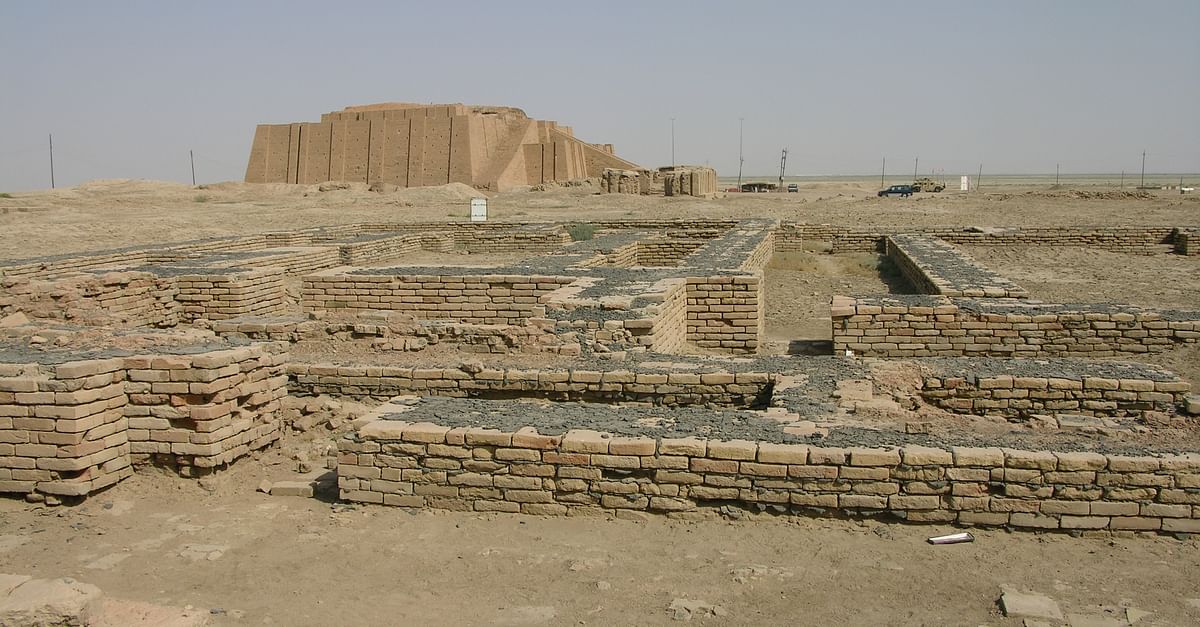
From Sumer ‘Cosmic Roots’ goes on to discuss the Hebrew Old Testament, the classical Greek philosophers and the beginnings of Christianity. The story then continues with the links between Islam, Judaism and Christianity and how the Moslem world saved the achievements of the ancient world while Europe suffered through its ‘Dark Ages’. Through all of this time Mister Egdall points out the ‘disagreements’ between the best thinkers and the established, usually religious order of the time, the trial of Socrates for, among other things being an atheist is one example.

‘Cosmic Roots’ then proceeds to describe how the conflict between science becomes a little more open during the late renaissance and the works of Copernicus, Kepler and Galileo and finally Isaac Newton. With Newton’s work the Earth was permanently displaced as the center of the Universe with all of the consequences to religion. The big break however had to wait another 150 years and the publication of Darwin’s ‘Origin of the Species’. Since that time science and religion have taken two very different paths, with science going on to make ever more astounding discoveries while religion struggles to try to find a new role in a world where humanity is not the chief concern of a cosmic creator.
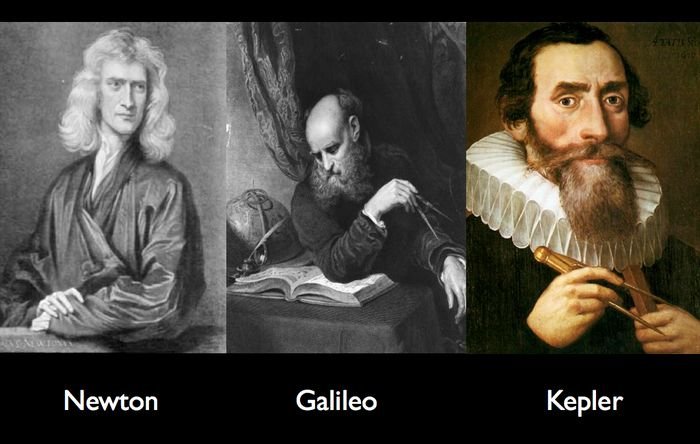
Now ‘Cosmic Roots’ purports to be about ‘The Conflict Between Science and Religion and How it Led to the Secular Age’ but actually it is more like a survey of the history of both science and religion, admittedly mostly western science and religion, with an emphasis of the conflicts that have grown between them. In that respect it succeeds admirably, covering a great many of the important moments where science and religion played pivotal roles in history.
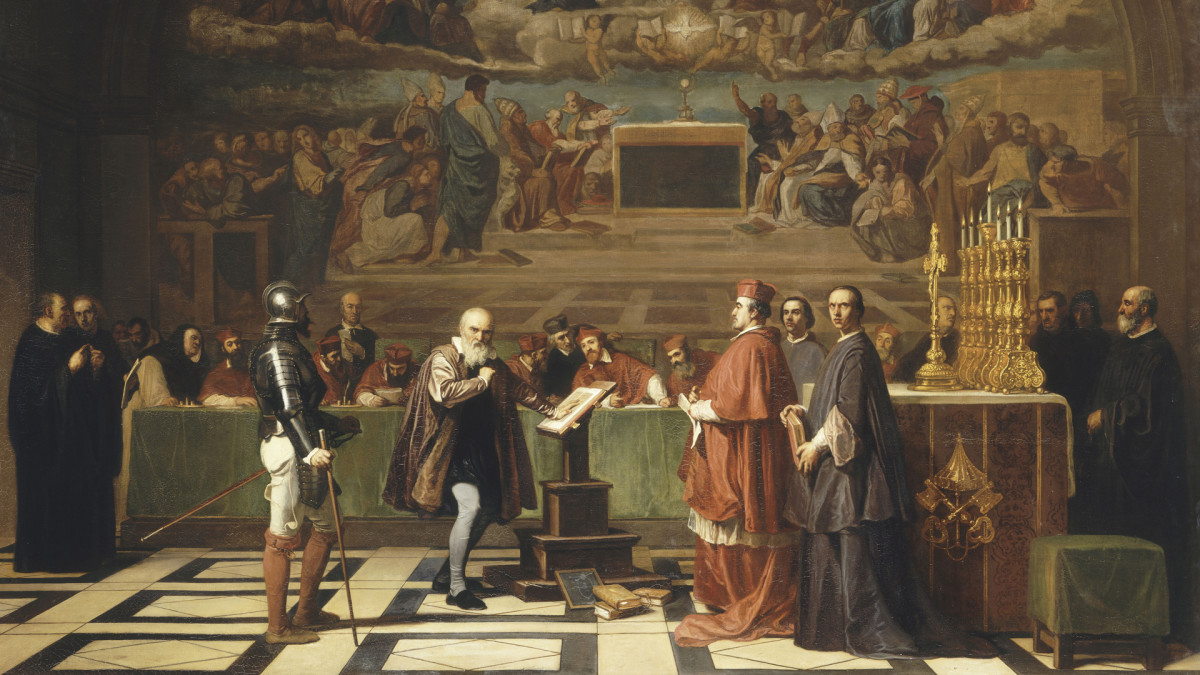
However ‘Cosmic Roots’ is not a discussion of why we humans feel a need for something to believe in as truth despite science’s proven ability to discover real truths that we can use to make our lives better. This isn’t Joseph Campbell’s studies of Mythology or James Frazier’s evolutionary scheme of Superstition > Magic > Religion > Science. ‘Cosmic Roots’ is really a history book, not psychology or sociology and as such it is filled with many, many details of who did what and when they did it. Despite having learned much of the story of ‘Cosmic Roots’ years ago Mister Egdall still brought out quite a few details that I’d never heard of.

Nevertheless at the same time all those details was my biggest problem with ‘Cosmic Roots’. That’s because sometimes Mister Egdall got caught up in the minutiae of an event and would veer off into a discussion that really didn’t pertain to his science / religion thesis. One event in particular was the siege of Jerusalem by the Romans in 70 CE. Now the rebellion of the Jews against Rome in itself was only of minor importance to the science / religion theme, but it takes up the whole of chapter 12 in ‘Cosmic Roots’ while the final siege is eight whole pages. It was just too much that had little or nothing to do with science / religion. Although interesting and well written, the section simply wasn’t germane to the book’s subject. On the science side Mister Egdall also spends a good bit of time discussing the personal conflicts Newton had with other scientists of his day. Again while interesting, it doesn’t have much to do with religion!

Still, ‘Cosmic Roots’ tells an important story and tells it well. Many of the issues we face today have their roots in the events ‘Cosmic Roots’ relates. Everyone who wishes to be considered an educated individual needs to known the basics of this story and ‘Cosmic Roots’ is a good way of learning it.
